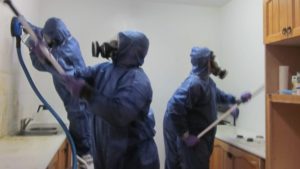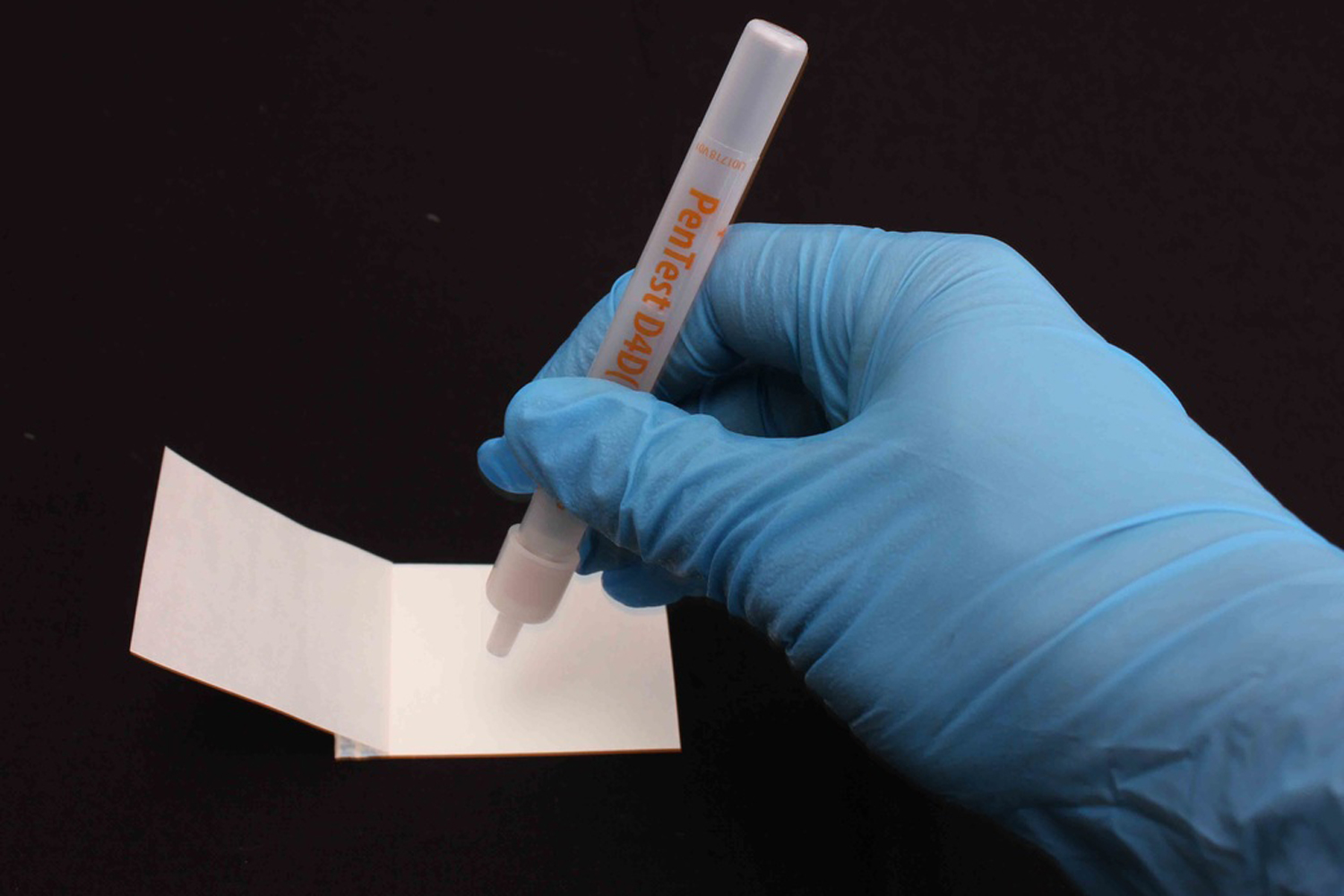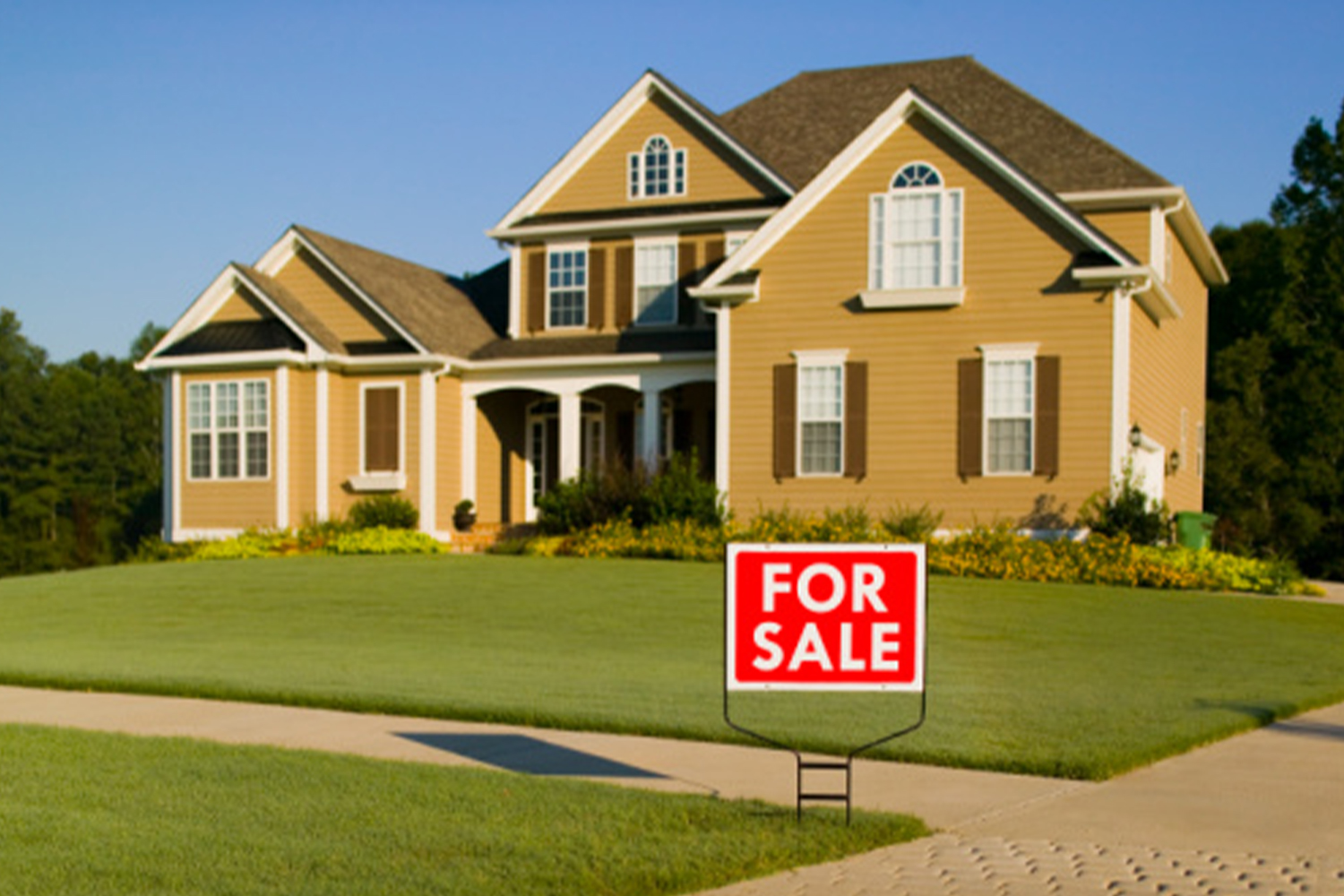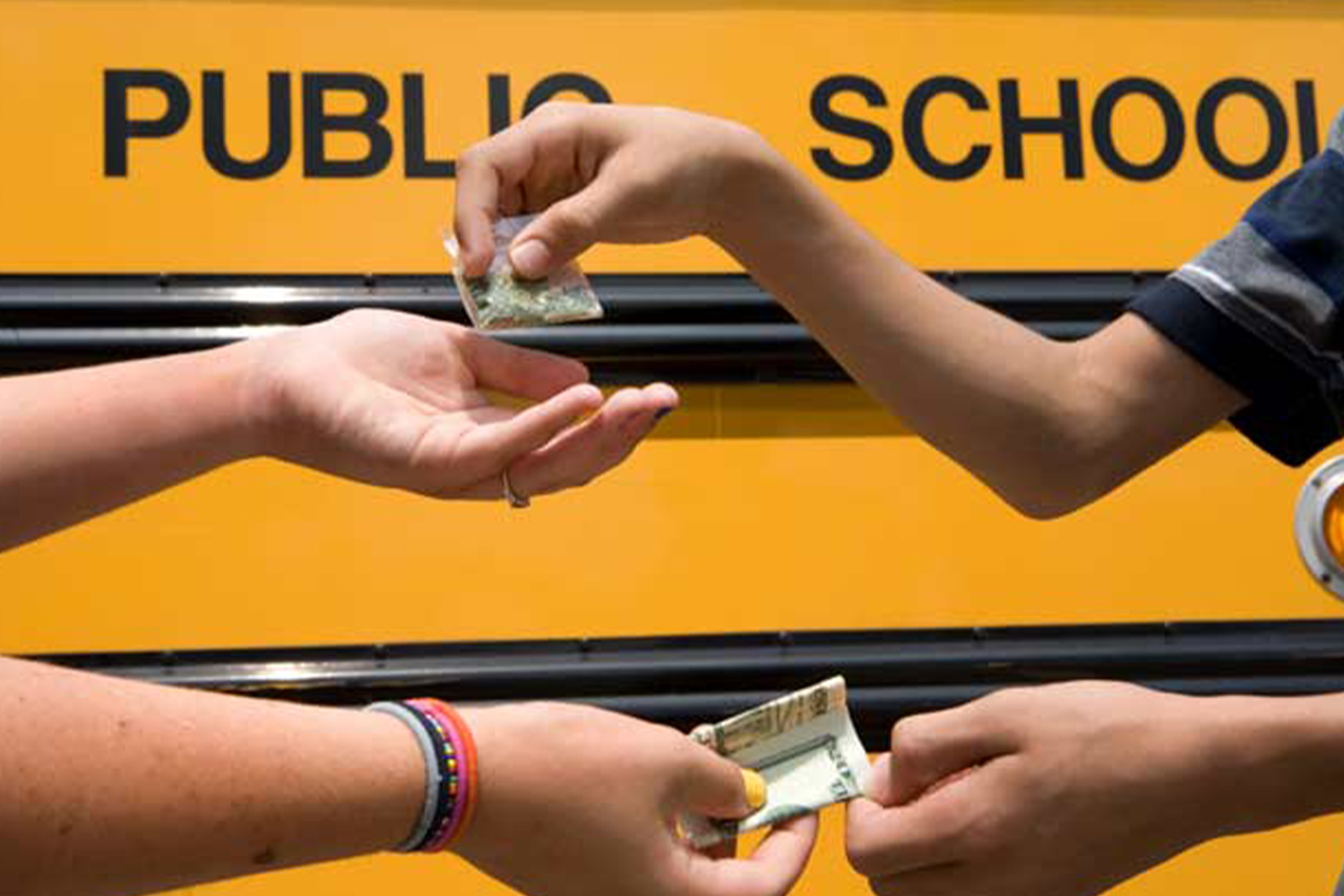12 September 2015 – Author: John McCrone – Source: stuff.co.nz
Could a tenth of all New Zealand motel rooms now be toxic from P smoking? Is every property investor at risk of huge methamphetamine clean-up bills? JOHN McCRONE reports on the growing meth decontamination industry.

Marketing an ex-meth house has its problems. How do you run the open home for a start? Prospective buyers for a recent back-section, three-bedroom bungalow auction in Christchurch found themselves standing outside and peering through the windows.
They had the option of going inside, at their own risk. But advertised as “contaminated, uninsured, property of a deceased estate”, there were not many there to admire the indoor-outdoor flow. With a rateable value of $370,000, the Bishopdale home eventually passed under the hammer at a steeply discounted $287,000.
On its own, it seems just another modern-day cautionary tale. Perhaps even a thumbs up because it suggests that tighter estate agent disclosure rules are working.
But there are those who say that methamphetamine or P contamination of properties has become a major hidden health issue in New Zealand. And it is not simply the pop-up meth labs where cooking has occurred that are the worry. Meth smoking itself will coat any room with its toxic residue.
Dr Nicholas Powell of Forensic and Industrial Science, whose Auckland laboratory has almost been given over to meth testing, says any time you now rent a house or book a weekend bach, you need to wonder who might have used the place before you.

It makes him sound a bit of a nerd, Powell admits, but he routinely swabs his motel whenever he travels, then analyses the results when he gets back to the lab. “It’s a busman’s holiday I guess.”
Powell mentions a particular motor camp in Christchurch where he was staying with his family. The tourist cabin was not just freshly painted but also varnish-sealed. That was a wee bit suspicious, says Powell.
“I thought this is nicely spruced up. Then I couldn’t sleep. I was very restless all night. My little girl had a bad night’s sleep as well.” Powell says meth is a potent stimulant and even trace amounts can produce an effect, especially on non-users, the young, and the elderly.
It was worse than he thought. “I was quite shocked. From the chemical signature, it was clear there’d been actual meth manufacture undertaken in the unit.”
Powell says merely finding evidence of meth smoking would hardly surprise him anymore. “I find traces in about half of all North Island motels where I stay. About a third in the South Island.”
It shows just how widespread use has become, he says. And while usually the concentrations are safely below Ministry of Health (MoH) guidelines, about 10 per cent of the time they are over.
Powell, who is also deputy chair of the cross-agency Auckland Regional Methamphetamine Working Group (ARMWG), speaks with something of the bemused detachment of the scientist. He is only reporting what he is finding.
But there are others in the fast-expanding meth testing and clean-up industry happy to talk about meth contamination as a ticking time bomb problem for the country – and not just as a general health risk, but as the next “leaky homes” financial nightmare for property owners.
Todd Sheppard of Hamilton-based Envirocheck is driving cross-country when I call, on his way to supervise the stripping out of another rental that was turned into a clandestine P lab.
Sheppard says in the past few years his business has grown from a one man band to a staff of 11 with clean ups like this that can cost a property owner or insurer up to $100,000 once you start ripping out the walls, ceilings and carpets.
He says it is a bigger issue than people realise because it is only since 2010 that there has been an official guideline from the MoH on what counts as meth contamination. That was when local authorities were forced to take notice and so the testing and clean-up business really began. But P had already been in wide circulation for a decade before then, so his clean-up teams are dealing with a legacy of poisons often built up over many years.



